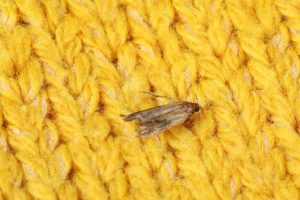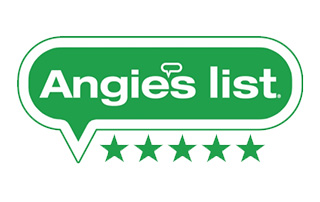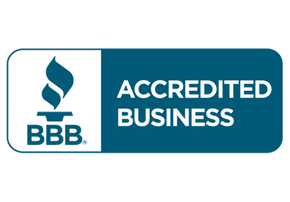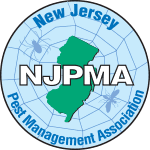MOTH CONTROL

Moths can damage trees, clothing, and carpets when they infest your home or business. Moths eat the natural fibers they find in textiles and can damage plants and trees.
Not sure if you have moths at home? Or maybe you want to learn more about how moth control works. Check out the following information to clarify some questions you may have.
Library Shortcuts
- How do I identify moths or butterflies?
- How do I identify a moth infestation?
- Tips for property owners
How do I identify moths or butterflies?
This is one of the most commonly asked questions when moths are first being seen, whether they’re indoors or outdoors. The best way to differentiate moths and butterflies is appearance and behavior. There are thousands of species of butterflies and moths worldwide, but there is one characteristic that stays fairly consistent between all moths and all butterflies.
The easiest way to differentiate a moth from a butterfly is by the appearance of its antennae. Butterflies have slim antennas with clubbed tips and moths have fuzzy, almost feather-like antennae. The second most defining characteristic that separates moths and butterflies is the position of their wings when resting. Butterflies can be seen resting with their wings up vertically whereas moths rest with their wings down often clamped around their body, like a protective shell. Butterflies are most active during the day while moths are most active at night.
If you spot one of these flying pests inside your home, it’s most likely a moth. Butterflies do not infest homes or reproduce indoors. For that reason, if you happen to find a butterfly in your house, it’s because they wandered in by accident. As for moths, your home can be an ideal breeding ground. They have access to your clothes, pantry items, upholstery, and more, making it easier to survive than living outdoors. Although there are numerous species of moths, clothing moths are the most common and most targeted by pest control professionals.


Moth Butterfly
How do I identify a moth infestation?
Some moths are rarely seen because they avoid the light, while some others can be seen often since they are attracted to light. It is common, in some cases, that people do not know they have an infestation until the damage becomes apparent.
The first thing most people notice is the damage caused to clothes, fabrics, or carpets but there are other indicators of a moth infestation you can look for:
- Small maggot-like larvae (moth caterpillars).
- Silken tubes or cases in which the moth larvae live.
- Pupae (silk cocoons) from which larvae emerge as moths.
- Adult moths often crawl rather than fly.
- It’s important to pay special attention to areas that are cleaned less frequently.

Tips for property owners
- The most effective way to prevent a moth infestation is a regular thorough cleaning.
- Vacuum rugs and furniture regularly; as well as in areas that typically wouldn’t be cleaned, like behind furniture or wall decorations.
- Change vacuum bags often to make sure you remove all larvae and eggs from your property.
- Any infested article should be thoroughly cleaned to ensure the removal of any remaining larvae.
- Try to rotate the clothing in your closet every month to prevent an infestation hot spot.
- Be sure to store any clothing of natural fibers and seasonal decorations in sealed containers when they are not being used.
- Wash all fabrics, soft furnishings, linens, curtains, and towels in the affected area – moth larvae find these as tasty as clothes.
- Clean and wash down affected wardrobes, cupboards, and drawers especially cracks and crevices where eggs might be hiding.
- Clean suitcases, bags, and containers as these might be hiding more eggs or larvae.
- Spices, tobacco, and drugs should be stored in tightly closed containers.
Want a Free Estimate?
Need to Schedule Service?
Have a Questions?
WHAT WILL WE DO?
Our mice control process typically consists of the following stages:
- Confirm or discard the existence of moths on the premises through an inspection.
- Identify the factors that may be causing and contributing to the infestation.
- Offer pest control programs to get the problem under control.
- Treat the existing mice population and prevent future infestations.
What our clients are saying
Our Partners and Awards
Service Areas
New Jersey:
Ocean County
Essex County
Passaic County
Morris County
Hudson County
Bergen County









